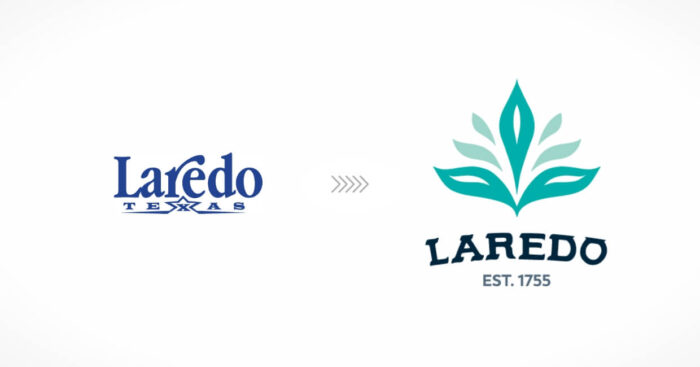In destination marketing, standing out is key. However, many places end up looking alike, using common descriptions and sticking to safe, familiar ideas. This raises an important question: Why do destination marketers hesitate to take risks? More importantly, how can Destination Marketing Organizations move away from just blending in to truly make a mark?
The Safe Zone Trap

Take a look at this ad for The Best Destination Ever. Does it look similar to others you’ve seen? It could remind you of many DMOs, from the style to the copy to the simple, modern logo.
Interestingly, this ad was created by AI to represent a general travel destination. If your DMO’s ads look like this, it might be time to try something new.
The hesitation to take risks in destination marketing comes from a real place. There’s a concern about turning off certain types of visitors or not attracting a broad enough audience. However, this often leads to a weak, vague brand message that doesn’t showcase what’s special about the place.
We see this in the repetitive use of images of sunny beaches, old town centers and beautiful landscapes that could really be anywhere.
Why do so many DMOs end up doing the same thing? It’s easier—thought to be a safer choice. But, echoing many marketing experts on the Destination Marketing Podcast, trying to appeal to everyone can mean you don’t truly connect with anyone.
The Path to Differentiation
Embrace Authenticity

To stand out, start by celebrating what’s unique about your place. If your destination is smaller, don’t copy the strategies of bigger places. It’s not about offering the same things they can find elsewhere, but about providing experiences only you can offer.
Take Visit Laredo as an example. It might not be the biggest place, but it stands out by highlighting its mix of Texan and Mexican cultures. This approach goes beyond the usual stereotypes and offers visitors a chance to experience something genuine and unique.
Authentic experiences like this are what travelers really look for, not just another item to tick off their list.
Focus on Niche Markets
Focusing more narrowly can actually make your destination more attractive. By concentrating on specific interests or groups, you create a unique spot in the busy travel industry. Whether you specialize in food, outdoor adventures or cultural heritage, being the best in a specific area can draw in people with those interests.
Places like Visit Mesa and Visit Myrtle Beach have distinguished themselves by becoming autism-friendly destinations. They tailor their marketing to welcome individuals with autism and their families.
This approach helps them stand out by serving a specific, meaningful group that is critically underserved in the tourism sphere.
Tell Local Stories
Every place has its own unique stories, from historical tales to local legends and distinctive cultural customs.
These stories are priceless for creating a unique identity. Encourage those involved in your destination to share these narratives through their services and interactions with tourists, creating a rich, captivating experience that immerses visitors in your place’s special atmosphere.
Visit Laguna Beach is a prime example of doing this brilliantly with its documentary series, “From Radical Origins.”
The series captures the unique spirit of Laguna Beach’s residents. Laguna Beach CEO Rachel O’Neil-Cusey shared on the Destination Marketing Podcast how using real stories has been key in forming authentic connections with potential visitors.
Innovate with Owned Media
In the world of owned media, Destination Marketing Organizations have a wide open space to try new things and be creative. No matter your destination’s size, using owned media can be a game-changer. It helps you build an audience that’s all yours.
You can explore different avenues, like podcasts that share unknown stories of your DMO, web series that spotlight your history, or AI tools that guide users to discover hidden treasures. The Destination Marketing Podcast is a prime example of how owned media can captivate an audience.
Standing out comes with its hurdles, but the benefits of creating a unique and memorable brand are significant. It’s about the courage to be unique, celebrating what makes your place special and sharing those stories with passion and creativity.
By embracing risks, prioritizing authenticity and using innovative tools, DMOs can make sure their destination is not just a dot on the map, but a bright, shining spot.





